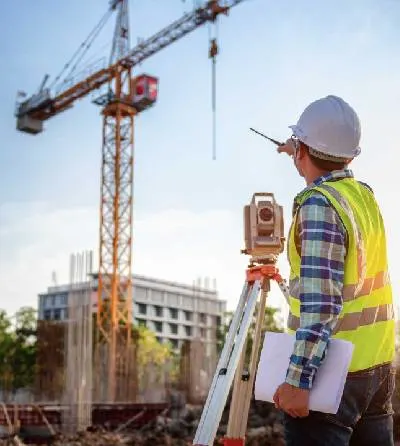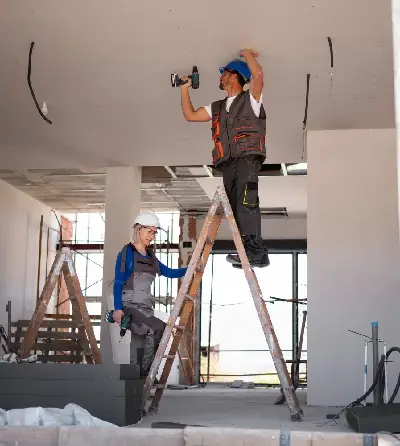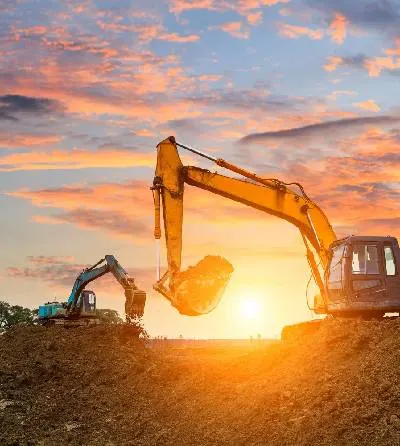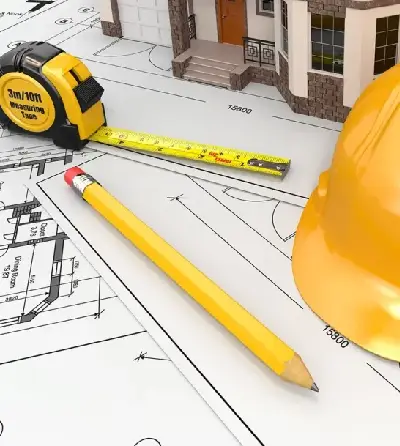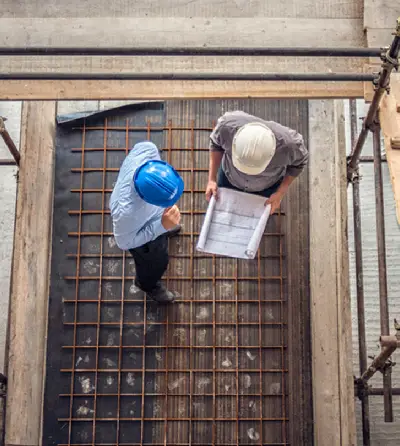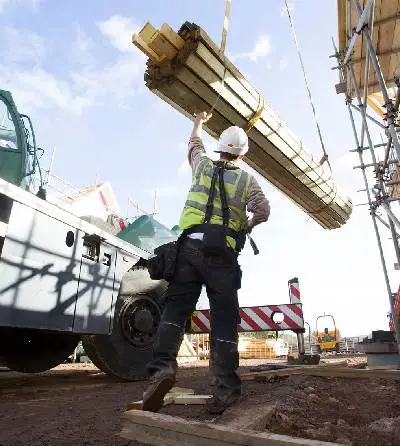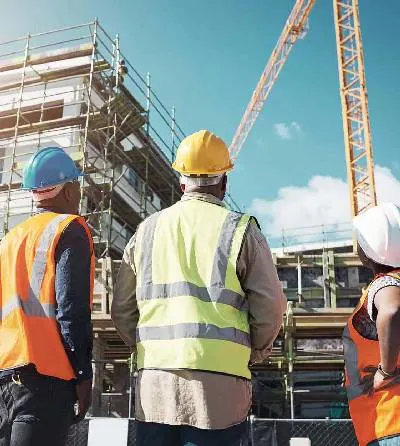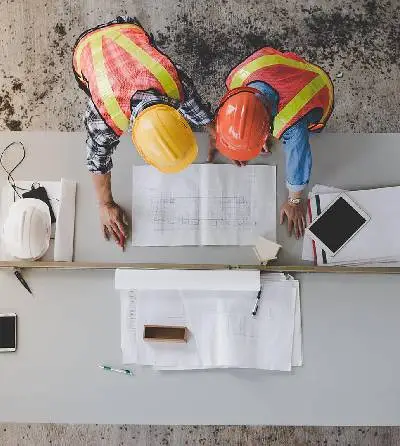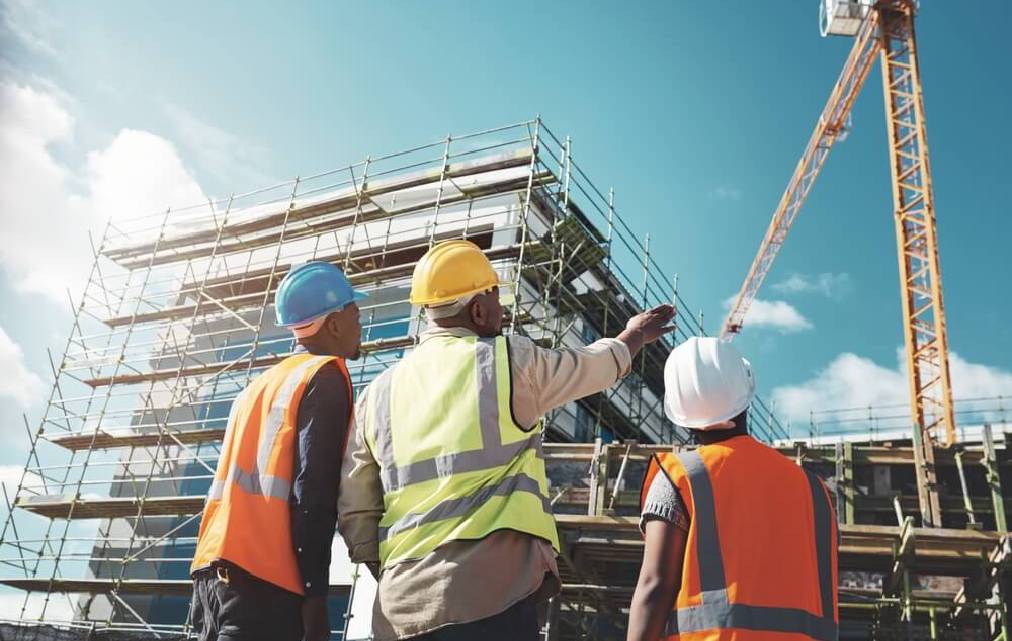
Category : Blog
Date :19 Mar 2025
Author : Ravi
How to Avoid Mechanic’s Liens in Construction Projects
Understanding Mechanic’s Liens
As a real estate developer or investor, encountering mechanic’s liens on construction projects—whether commercial or residential—is not uncommon. These liens are legal claims filed by contractors, subcontractors, or suppliers when they are not paid for the work performed or materials provided. If left unresolved, a mechanic’s lien can lead to serious financial and legal complications for property owners.
What is a Mechanic’s Lien?
A mechanic’s lien (also known as a construction lien or materialman’s lien) is a legal claim placed on a property by a contractor, subcontractor, supplier, or laborer who has not been paid. This lien serves as a security interest, allowing the unpaid party to seek compensation, potentially forcing the sale of the property if necessary.
Who Can File a Mechanic’s Lien?
Any party that provides labor or materials for a construction project—including general contractors, subcontractors, suppliers, and laborers—can file a mechanic’s lien if they are not paid.
How is a Mechanic’s Lien Filed?
To file a mechanic’s lien, the unpaid party must submit a Lien Claim to the county recorder’s office, detailing the property, amount owed, and work performed. The lien must then be served to the property owner. If the debt remains unpaid, legal action may be taken to enforce the lien within the state’s deadline.
Impact of a Mechanic’s Lien on Property Owners
A mechanic’s lien can:
- Delay property sales or refinancing, as liens must be cleared before transactions can proceed.
- Lead to legal disputes, increasing costs and project delays.
- Pressure owners to settle disputes quickly, often forcing negotiation or litigation.
- Potentially result in foreclosure if unresolved.
How to Avoid Mechanic’s Liens in Your Projects
A well-structured approach to contractor selection, payment tracking, and legal compliance can help prevent mechanic’s liens. Here’s how:
1. Due Diligence Before Hiring a General Contractor (GC)
- Research the mechanic’s lien history of potential GCs.
- Investigate past projects and verify how the GC handled liens.
- Speak with past clients and subcontractors for insights on the GC’s reliability.
2. Ensure a Strong Subcontractor Network
- Verify that the GC has an established relationship with subcontractors.
- If necessary, directly speak with subcontractors in the presence of the GC.
3. Obtain Lien Waivers Before & After Payments
- Require conditional lien waivers before making payments to the GC.
- Collect unconditional lien waivers after each payment is completed.
- Ensure the GC collects similar waivers from all subcontractors.
4. Handle Subcontractor Termination Carefully
If a subcontractor is removed from the project, ensure the GC:
- Settles all outstanding payments to the subcontractor.
- Collects lien waivers before finalizing termination.
- Confirms material suppliers and rental companies are paid.
5. Avoid Frequent Subcontractor Changes
- A history of frequent subcontractor changes can signal potential problems with the GC’s management.
- Confirm that the GC has stable relationships with subcontractors throughout the project.
6. Ensure the GC Has Strong Administrative & Legal Teams
A well-managed construction project requires a competent legal, financial, and administrative team to handle:
- Contracts
- Lien waivers
- Payments & insurance documents
7. Implement a Clear Change Order Process
- No extra work should be performed without an approved change order from both the GC and the property owner.
- Subcontractors should not proceed with changes unless officially approved by the GC and owner.
8. Monitor Payments to Suppliers & Equipment Rentals
- Ensure that GC and subcontractors pay suppliers and rental companies on time.
- Keep track of where materials and equipment are sourced from to prevent unpaid claims.
9. Utilize Construction Management Software
- A comprehensive project management system can prevent miscommunication and track:
- Schedule of Values
- Pay Applications
- Change Orders & Change Requests
- RFIs (Requests for Information)
- Daily Logs & Project Schedules
- Lien Waivers
- Owners should have direct access to these records for compliance and monitoring.
- The same system should be used between the GC and subcontractors to track payments and approvals efficiently.
Bottom Line: Choose the Right General Contractor
Construction projects are inherently risky, but choosing the right general contractor can prevent unnecessary financial and legal headaches. Avoid cheap, unreliable contractors, and instead, invest in a transparent, experienced GC who ensures compliance, stability, and project completion without mechanic’s lien disputes.
By taking proactive steps, real estate investors and developers can safeguard their projects, maintain financial stability, and build long-term success in the industry.








